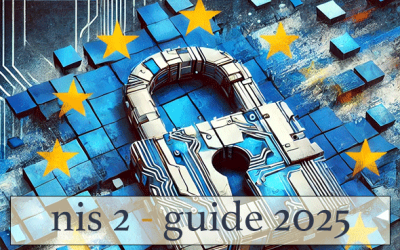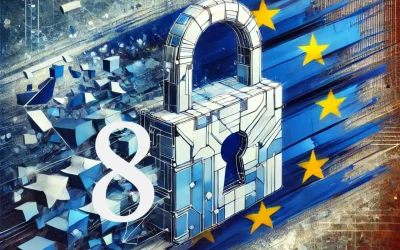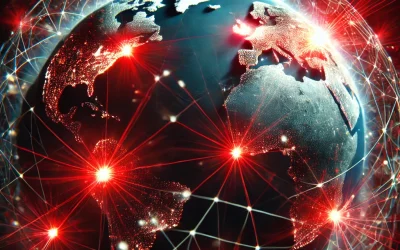The NIS 2 directive, or Network and Information Security 2, represents a major evolution in strengthening cybersecurity across the European Union. Adopted to address an increasing number of cyber threats, this directive must be applied in each EU member state starting...
NIS 2 Guide – 2025: Strengthening Your Organization’s Cybersecurity
Why is the NIS 2 Directive crucial for cybersecurity? The NIS 2 Directive (Network and Information Security) came into effect on January 16, 2023, within the European Union, replacing the initial NIS Directive of 2016. This updated regulation addresses the growing and...
8 Key Steps to NIS 2 Compliance
The NIS 2 Directive marks a significant advancement in cybersecurity and cyber-resilience in Europe. In the face of escalating cyber threats, it is essential for affected entities to achieve compliance to protect their critical infrastructures. What are the stakes of...
Emergency communication tool: 3 critical uses.
When disaster strikes, communication is everything. Your organization’s ability to rapidly notify key individuals, direct employees in real time, and coordinate with emergency responders can make all the difference in minimizing damage and protecting lives. Whether...
Cyberwarfare: Strategies, Threats, and Global Geopolitical Challenges
Cyberwarfare, also known as hybrid warfare, is redefining the rules and dimensions of international conflicts. Its actors and consequences are numerous. What are the impacts on the security of states and organizations? Définition Cyberwarfare commonly refers to a set...
What is SecNumCloud qualification?
As the security and sovereignty of the cloud stir debates in the EUCS project, SecNumCloud qualification remains a benchmark in selecting a highly secure cloud solution. SecNumCloud: A Security Qualification In 2016, the ANSSI (National Agency for Information System...






